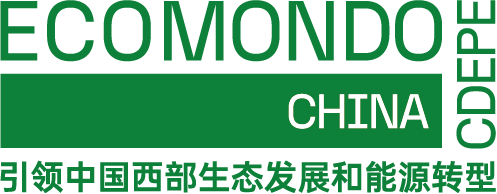SFAO3 全量化垃圾渗滤液处理工艺
Current Situation
Leachate from municipal solid waste is wastewater generated during the storage of urban household garbage in landfills due to microbial decomposition, rainfall leaching, and long-term soaking by surface water and groundwater. It contains pollutants such as heavy metals, high concentrations of organic matter, high COD, and high ammonia nitrogen.
The traditional treatment method is the NF/RO membrane process, which only separates and transfers toxic and harmful substances, without achieving their removal and degradation. Additionally, it has high investment and operating costs, is prone to clogging, has poor system stability, is not resistant to shock, and generates a large amount of concentrated wastewater, leading to new pollution problems.
New Technology - SFAO3 Comprehensive Treatment Process Features
Our company's developed SN coupling oxidation + biochemical treatment + deep treatment combined process degrades heavy metals and toxic organic substances, improves biodegradability and biochemical efficiency, and treats leachate directly to meet discharge standards.
The advantages of the process are reflected in: (1) Low investment costs, with the project footprint reduced by approximately 30-50%, and investment costs lowered by over 30%; (2) Significant reduction in operating costs (20-50%); (3) Automated operation with stable effluent water quality; (4) No concentrated liquid is produced, pollutants are directly decomposed, and there is no accumulation of salts and organic matter, thoroughly solving the problem of toxic pollutants.








